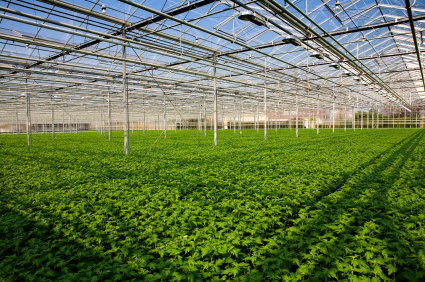Examining food production and the spread of AMR
The role played by the environment in the spread of antimicrobial resistance has not been sufficiently researched.
Scientists from the European Food Safety Authority have, for the first time, published an assessment of the role played by the food production and its environment in the emergence and spread of antimicrobial resistance (AMR). The assessment was conducted by the Panel on Biological Hazards.
The EFSA says that fertilisers of faecal origin, irrigation and water are the most significant sources of AMR in plant-based food production and aquaculture. In terrestrial animal production, potential sources of AMR include feed, humans, water, air or dust, soil, wildlife, rodents, arthropods and equipment.
AMR NEWS
Your Biweekly Source for Global AMR Insights!
Stay informed with the essential newsletter that brings together all the latest One Health news on antimicrobial resistance. Delivered straight to your inbox every two weeks, AMR NEWS provides a curated selection of international insights, key publications, and the latest updates in the fight against AMR.
Don’t miss out on staying ahead in the global AMR movement—subscribe now!







